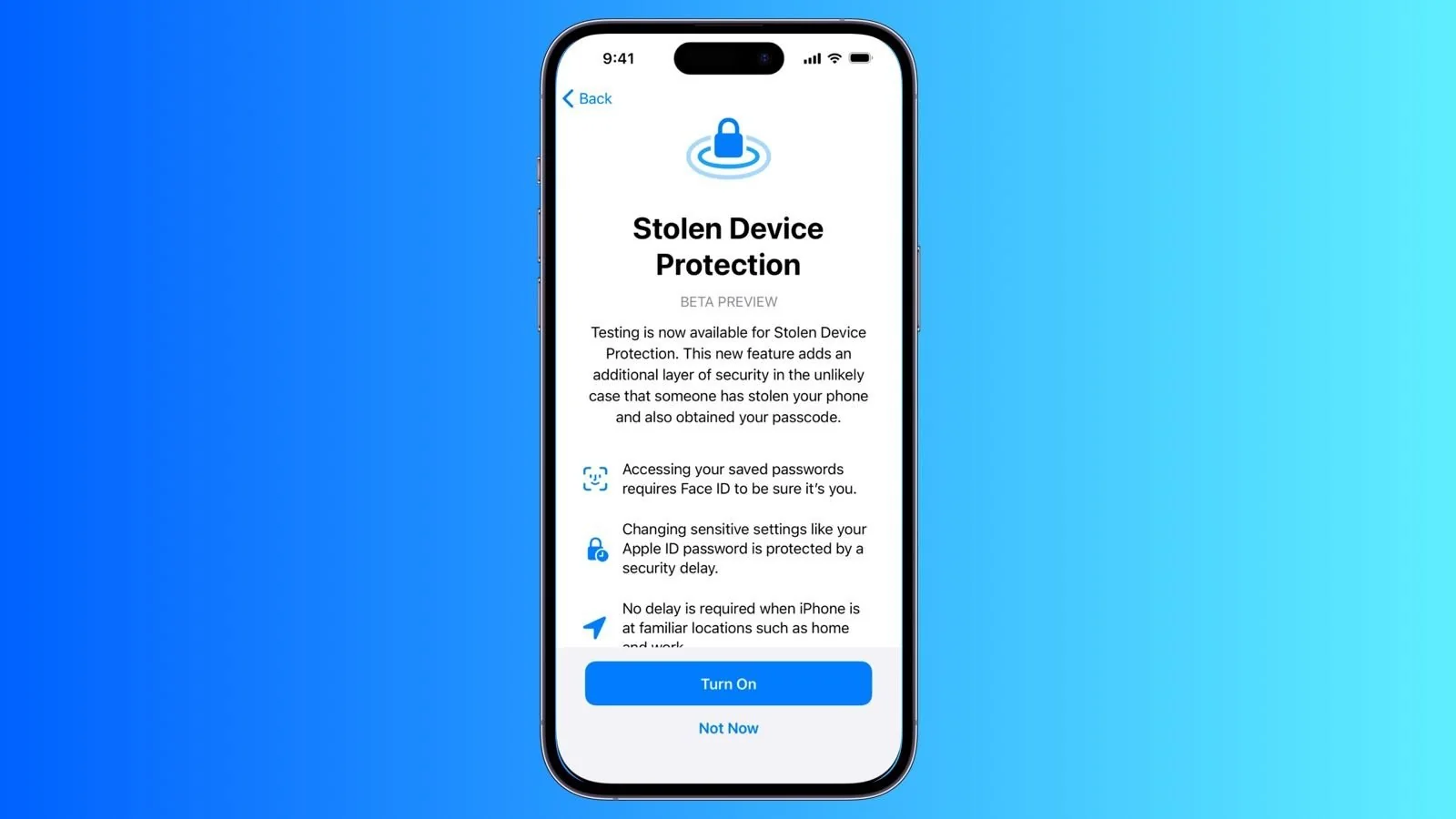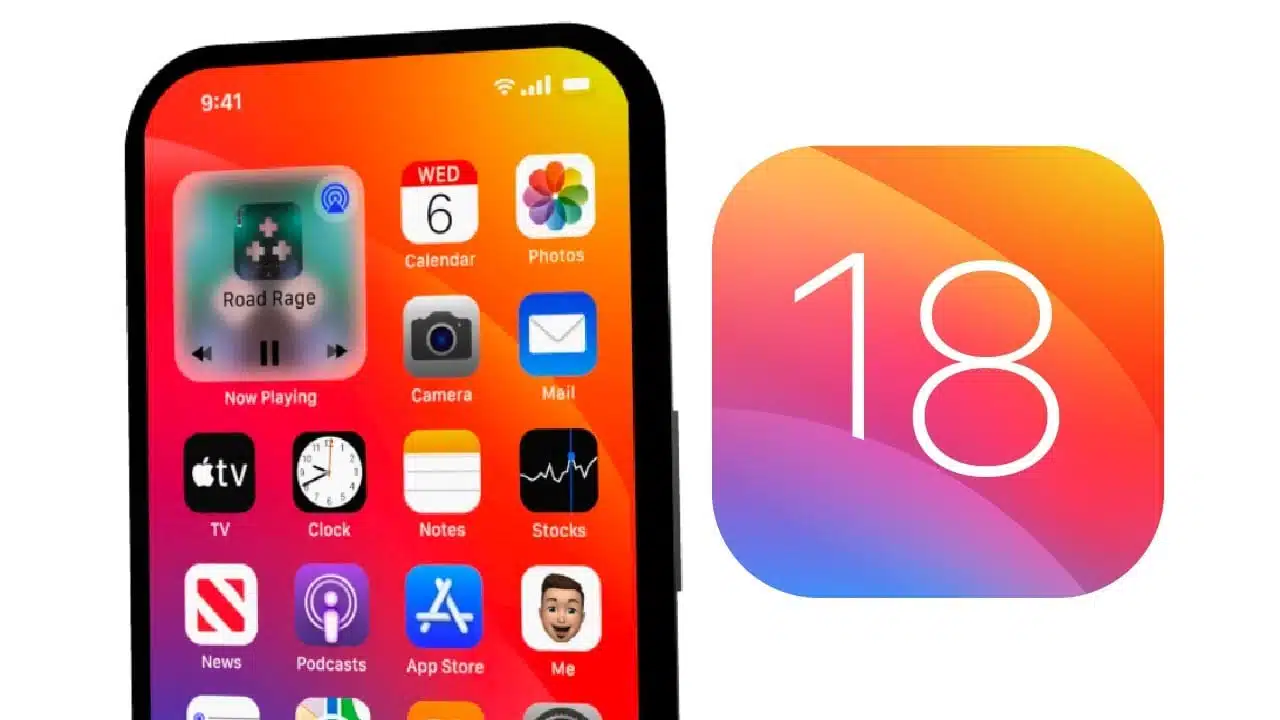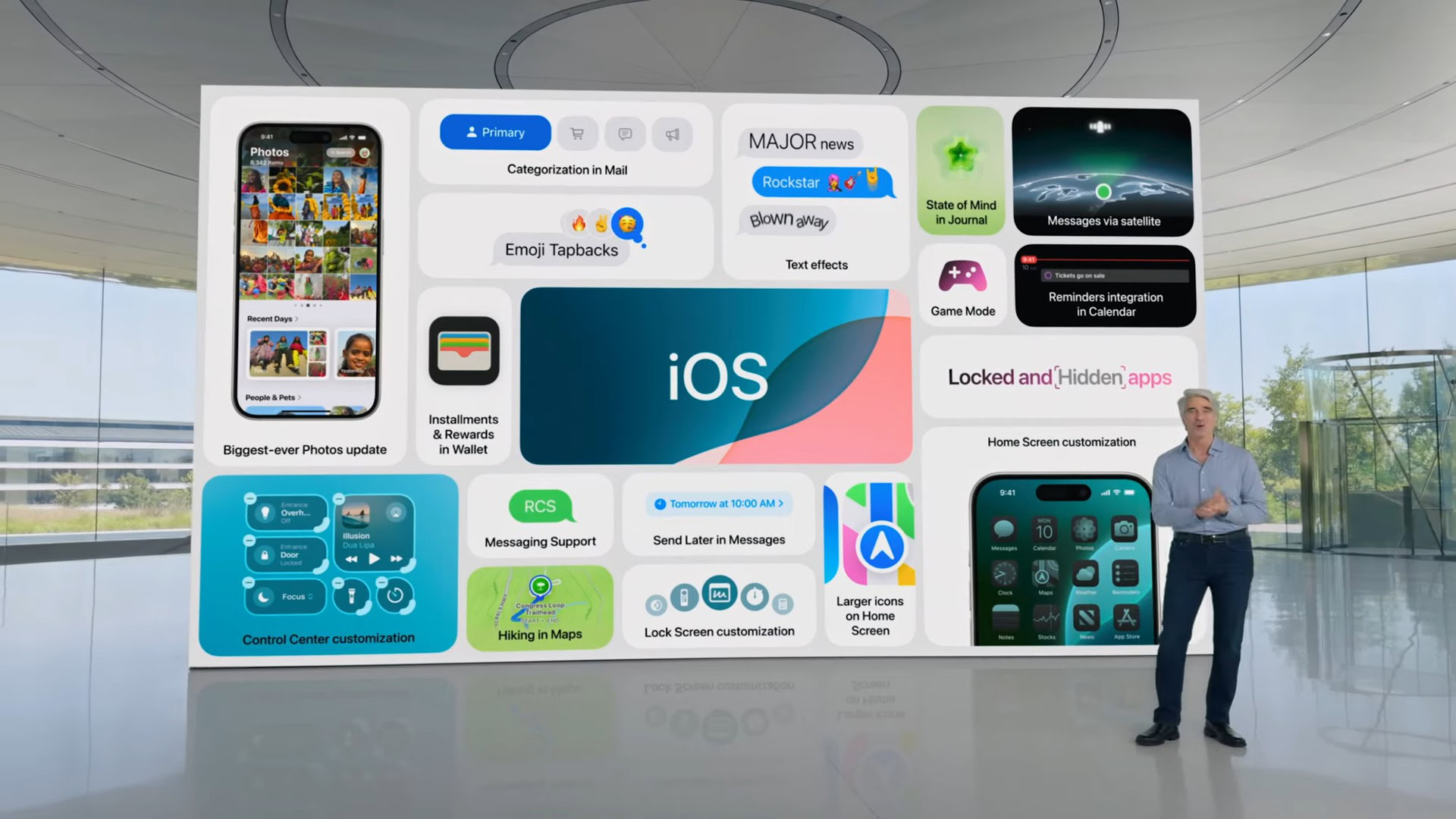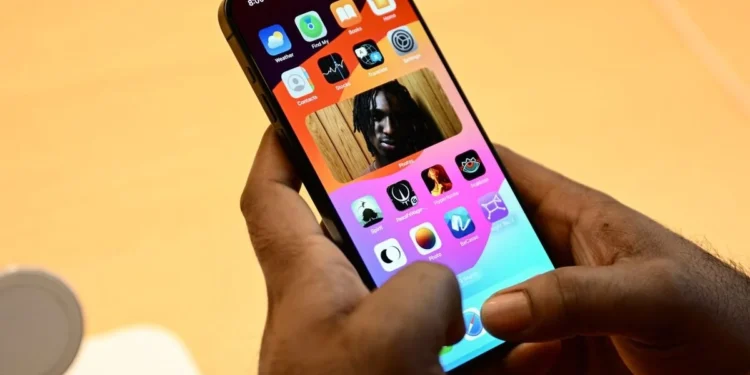In a strategic move to combat the thriving market of stolen iPhone components, Apple is set to introduce an enhanced version of its Activation Lock feature with the upcoming release of iOS 18. This latest update will extend the security feature to individual components like cameras, batteries, and displays, requiring original owner authentication for repairs. Scheduled for public release on September 16, the update will be available for iPhone XR and newer models.

Apple’s War Against iPhone Component Theft
According to Bloomberg News, this initiative is Apple’s latest attempt to deter theft by making it tougher for stolen iPhone parts to be resold. By linking specific iPhone components directly to the original owner’s Apple Account, the new system ensures that any unauthorized attempt to replace parts will trigger a request for the Apple ID and password of the device’s registered owner.
This security enhancement is expected to significantly reduce the incidence of stolen iPhones being dismantled for parts—a practice that has been on the rise. Devices that detect unauthenticated components will limit their functionality, essentially rendering stolen parts useless unless verified.

Technical Details and User Impact
The feature, as reported by 9to5Mac, was activated during the Release Candidate phase of iOS 18, indicating Apple’s commitment to its implementation. When an iPhone identifies a replacement part, it prompts for verification. If the authentication fails, the device restricts the functionality of the unverified part, closing a loophole that has long been exploited in the grey market.
The implications for users are significant, especially for those seeking repairs. With this update, unauthorized repairs using unverified components could become more complicated, prompting a shift towards services provided by authorized Apple repair centres. This move is seen as part of a broader strategy by Apple to maintain the integrity and security of its devices.
Future Prospects and Broader Implications
This change is likely to influence how repairs are conducted across the industry, impacting both repair shops and consumers. It aligns with Apple’s goal to make iPhones less attractive targets for theft, a sentiment echoed by law enforcement and consumer requests. The company’s proactive approach addresses both immediate security concerns and broader issues related to the resale and recycling of electronic components.

As iOS 18 rolls out to the public, users of iPhone XR and later models can expect a more secure ecosystem for their devices. This development is a clear message that Apple is continuing to prioritize security enhancements to protect its customers and their devices from theft and unauthorized access. As the digital landscape evolves, such security measures will likely become standard practice in the industry, further safeguarding users and their personal data.
With these advancements, Apple reaffirms its commitment to user security, adapting to the challenges posed by the resale and repair markets while supporting consumer and law enforcement efforts to mitigate theft. The full implications of these changes will unfold as users and repair services adapt to the new system, setting a new standard in smartphone security.










